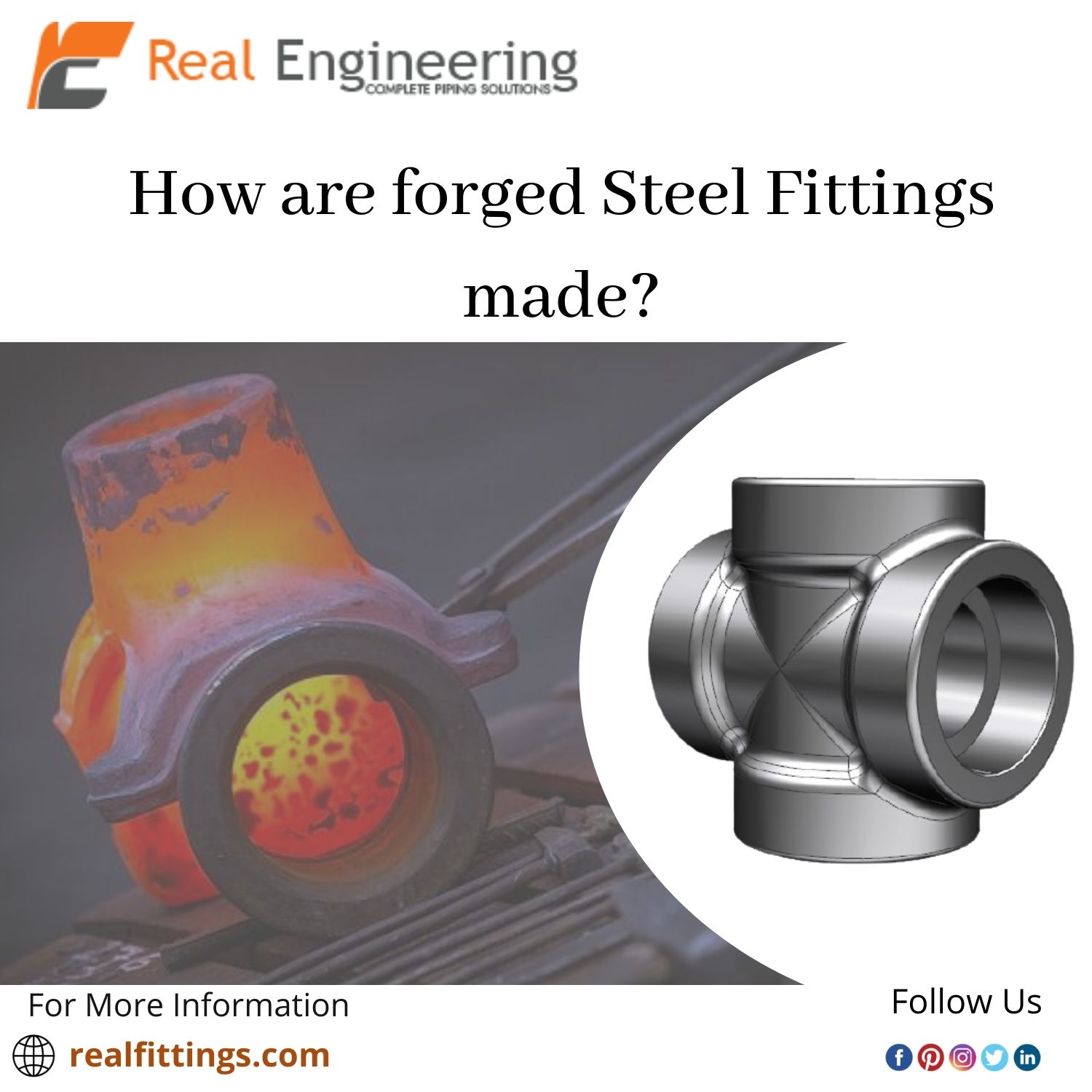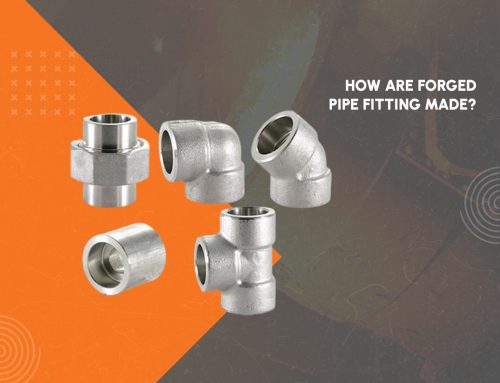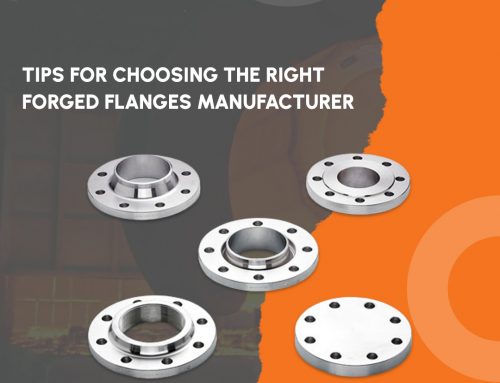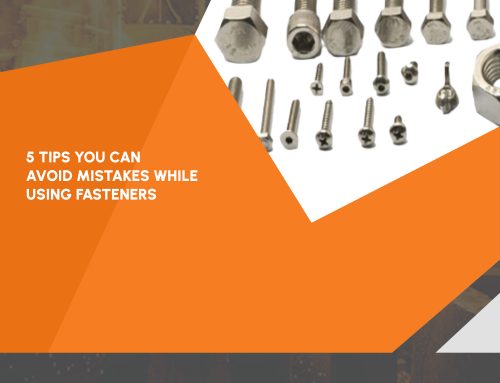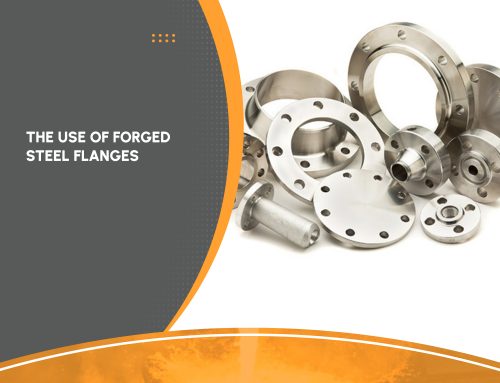Forged Steel Fittings From India
Forged steel fittings are pipe fittings which are built from carbon steel material. It is a process that creates strong fitting. The carbon steel gets heated to a molten temperature, and then it is placed in the dies. The heated steel is then machined into forged steel fittings.
High-strength forged steel fittings from India are durable and resilient to climate factors. These types of fittings produce a great seal in your piping system. And also, it limits the risk of leaks.
What Materials Are Used to Make Them?
Carbon Steel: ASTM A105 is a specification for components made of forged carbon steel.
Stainless Steel: Type 304 or 316 stainless steel. The fittings will not rust if they are made of stainless steel.
How Are Forged Steel Pipe Fitting Made?
In this, every forged fitting is permanently marked with needed identification. Engraving markings do it on the collar portion. The main aim is to keep users in comfort while identifying the specification and making sure that the system runs smoothly. Here, the marking must include :
- Manufacture trademark
- Country of origin
- Specification standard
- Fitting size
- Working pressure
- Material Identification
- Class Pressure
- Heat number
Material identification of A105 should not be marked because carbon steel material is grouped under standard material grade. The class pressure 3000 and 6000 will be labeled as 3M or 6M. Here M stands for 1000. 3M means 3000 lbs fitting, and it can withstand up to 3000 PSI or 206 Bars. Other types of material like SS316 need to be clearly stamped on the fitting body.
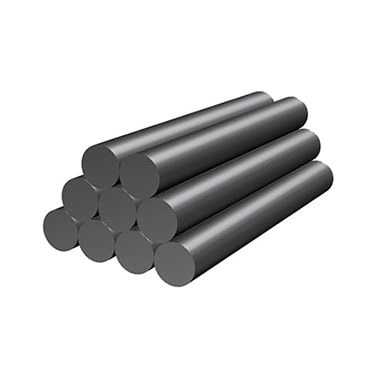
The Manufacturing Process of Forged Steel Fittings
There are many production methods of forged steel fittings that are utilized to make Elbow, Tee, Reducers, and other types of fittings for pipes. Some of the processes used in manufacturing are:
Monaka or Double Weld Seam Method
It is often used to make Elbows. It symmetrically cuts two bits of raw material tiles, and each one is pushed and welded together. The approach extends to various fabrics. It has two seams and modern welding equipment in operation.
Hydraulic Bulge Method – Cold Forming
The approach is used to forecast the outcome. It researches the properties of tube materials. The hydroforming tube uses internal pressure and axial feeding to turn a tube into an ideal type. The tensile test and hydraulic bulge test are two ways to determine tubular substance properties.
Hot Forming or Extrusion Method
In this method, the forged pieces are made by pressing a hot billet through the opening of a molded die. It addresses hot extrusion with both lubricated and unlubricated forms. In low-temperature extrusion, this type of lubrication you can achieve with glass powder and in higher temperatures with graphite or gasoline.
Flare Method for Stub Ends
It is made using a flaring process seamless pipe dealers. Stub ends provide welding where the force block is machined to the final dimension.
Conclusion:
Forged steel fittings in India come in a variety of range in dimensions that are made for industrial use. They are accessible as socket weld fittings or in threaded fittings. With the right supplier, you will not face any problem finding cost-effective piping parts. We support high-quality, reliable parts and materials that ensure you have the best material that keeps your piping system working at its best.
Read More: Seamless & Welded Steel Pipes
